It’s fair to say that Persona 3 was, and still is in many ways, the defining entry in the Persona series. It may have been followed up by two entries that are arguably even bigger, but Persona 4 and 5 both owe their core systems and gameplay mechanics to Persona 3, especially concerning juggling between dungeon exploration and social links.
Thus, it was great when SEGA/Atlus released Persona 3 Portable to modern consoles and PCs. As someone who began with Persona 5, playing through Portable was an enjoyable experience, though I’ll admit that it has aged quite noticeably. Because of this, players will be forgiven if they don’t play it because of its “flatter” and less immersive look.
Enter Persona 3 Reload, a proper remake of Persona 3 that aims to deliver the experience of the original, but one that’s much closer to a modern JRPG like Persona 5. Based on previews, this game promises to be the definitive way to play Persona 3.
Nearly 100% Faithful to the Original
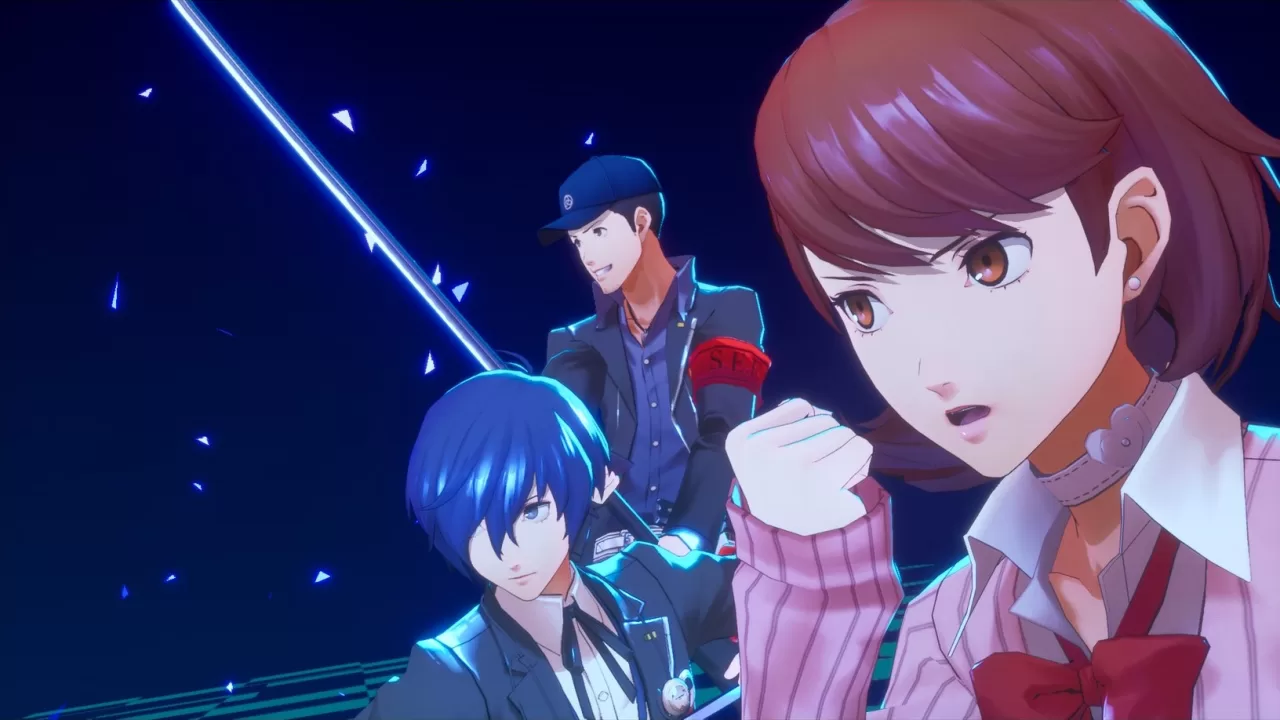
Video game remakes can be a bit confusing topic. After all, there are different kinds of them. For instance, there’s the Final Fantasy VII Remake-style remake which massively changes the gameplay and even the story. To a certain extent, you can group the Resident Evil remakes here, though those games are more faithful to the original releases story-wise.
On the opposite end of the spectrum, we have the Bluepoint-style remakes like Demon’s Souls and Shadow of the Colossus. These games look like proper modern releases, though they play almost exactly like the originals. To make things even more confusing, there are HD remasters that almost look like remakes, not to mention games such as Like a Dragon: Ishin which seems like a remaster at first but is actually a proper remake, albeit with mostly the same gameplay.
Where does Persona 3 Reload fit into this? Well, Reload is more on the Bluepoint-style side of the spectrum as the game’s core systems are unchanged; even the stats Social Stats are still three instead of being updated to five like in the following titles. The same can also be said for the story as it has no major changes. There may be noticeable changes to dialogue and some scenarios (for the better), though this is still a mostly faithful remake.
It is so faithful in fact that the game does not feature the female protagonist from Portable, nor does it include The Answer from FES – a highly-requested addition. While some fans may be disappointed, I don’t think this is a huge issue as I don’t think The Answer is all that good gameplay-wise, not to mention that I prefer how the original game ended (it’s a hot take, I know). Fixing The Answer’s grindy gameplay would take a lot of effort, so it’s understandable why it was left out.
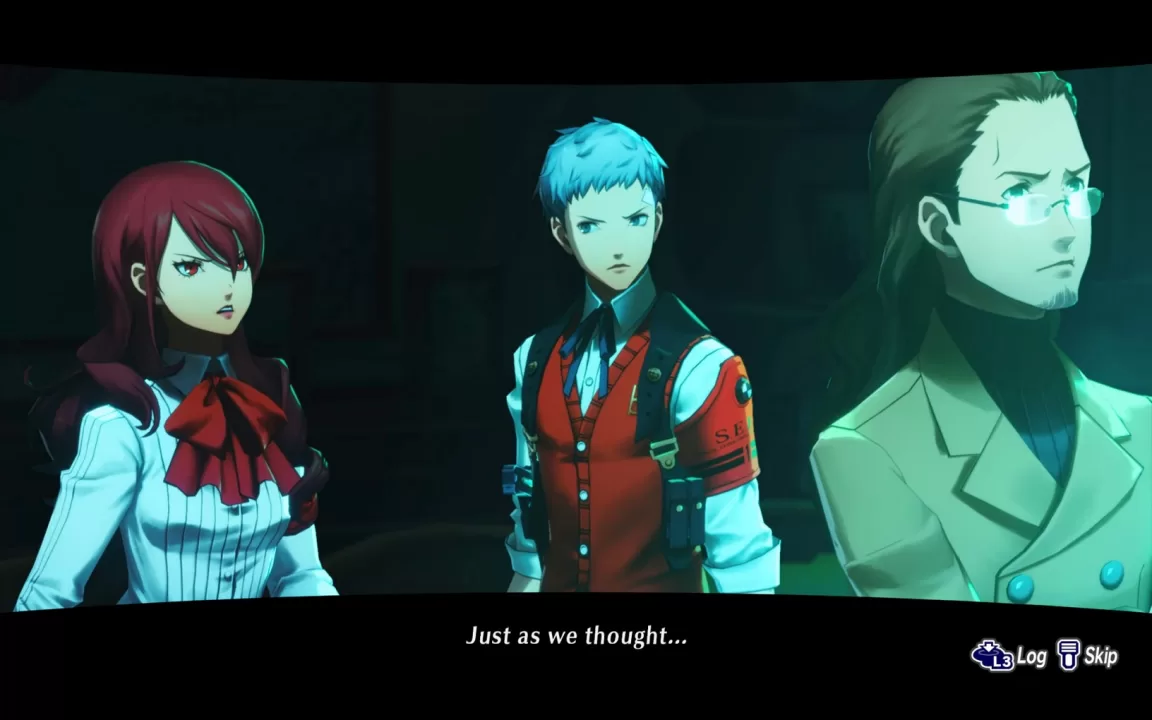
Of course, there are some changes aside from dialogue and scenarios here. First, gameplay does get some tweaks (which we’ll get to later). Then there are the Social Links which are now fully voiced and come with some minor changes, coupled with new Social Links for the male party members. Speaking of voices, the game’s voice acting has also been updated, for the better I’d say as the quality is a noticeable improvement for me over Portable.
Another change worth noting is the questions in class. You won’t be able to rely on old guides for this as the game has brand-new questions. Moreover, there should also be some slight scenario changes here and there, though these might be hard to spot unless you just finished a Persona 3 Portable run or if you’re checking side-by-side.
As you play through the game, while there are lots of small changes that make it better, it’s still the same core experience throughout. Though the game’s visuals and music have gotten major updates, making the game feel closer to Persona 5 than a PS2-era JRPG.
Great Visuals Without Copying Persona 5
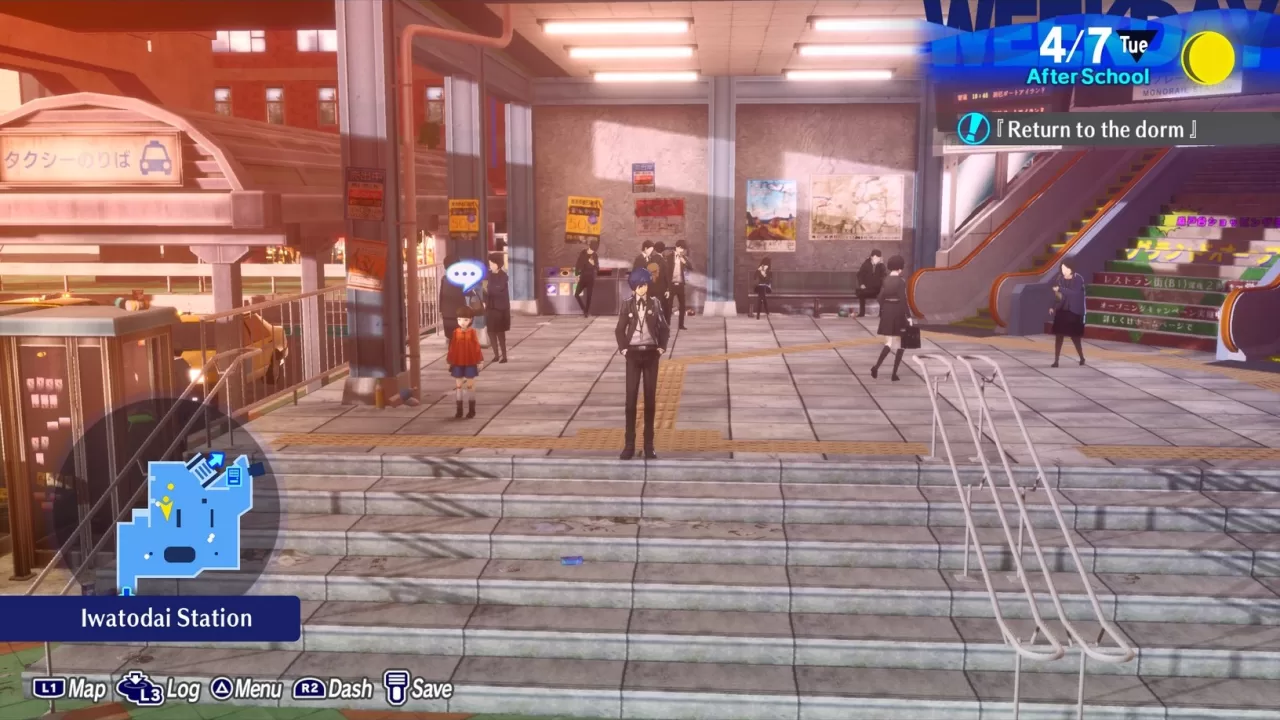
Playing through Reload, you’ll notice that the game takes a lot of cues from Persona 5. This makes the game way more approachable for players who started the series with the fifth installment. What’s more, the fact that Reload makes the game more visually appealing (compared to Persona 3 Portable) makes the whole experience more impactful.
Of course, while I loved Portable, its visual novel style and the fact that you navigate the world through a cursor instead of exploring an actual in-game world don’t exactly make it appealing for many players. Thus, having a proper remake like Reload should make the game more convincing to play. And even as someone who enjoyed Portable, I have to admit that actually controlling the protagonist and checking out locations like Pauwlonia Mall and the Iwatodai Strip Mall made the world feel more immersive and alive.
One apprehension I did have about the game before starting is that I feared it would take too many cues from Persona 5. What I love about the series is that each of the mainline entries has its distinct look and style that give it a unique identity. Thankfully, Reload doesn’t ruin this as the game still retains the original game’s look and feel, and it doesn’t end up feeling like a P5 clone.
What also helped this remake retain the feel of the original is the soundtrack. While the tracks for this remake have been re-recorded and remixed, I think they’re faithful enough to the original, meaning they should satisfy most fans.
The new tracks also helped make fights inside Tartarus a bit less same-y. After all, there’s more than one battle song in Reload. Much as I like “Mass Destruction,” it did get quite old after so many floors of enemies in Tartarus.
How Well Does Tartarus Hold Up in 2024?
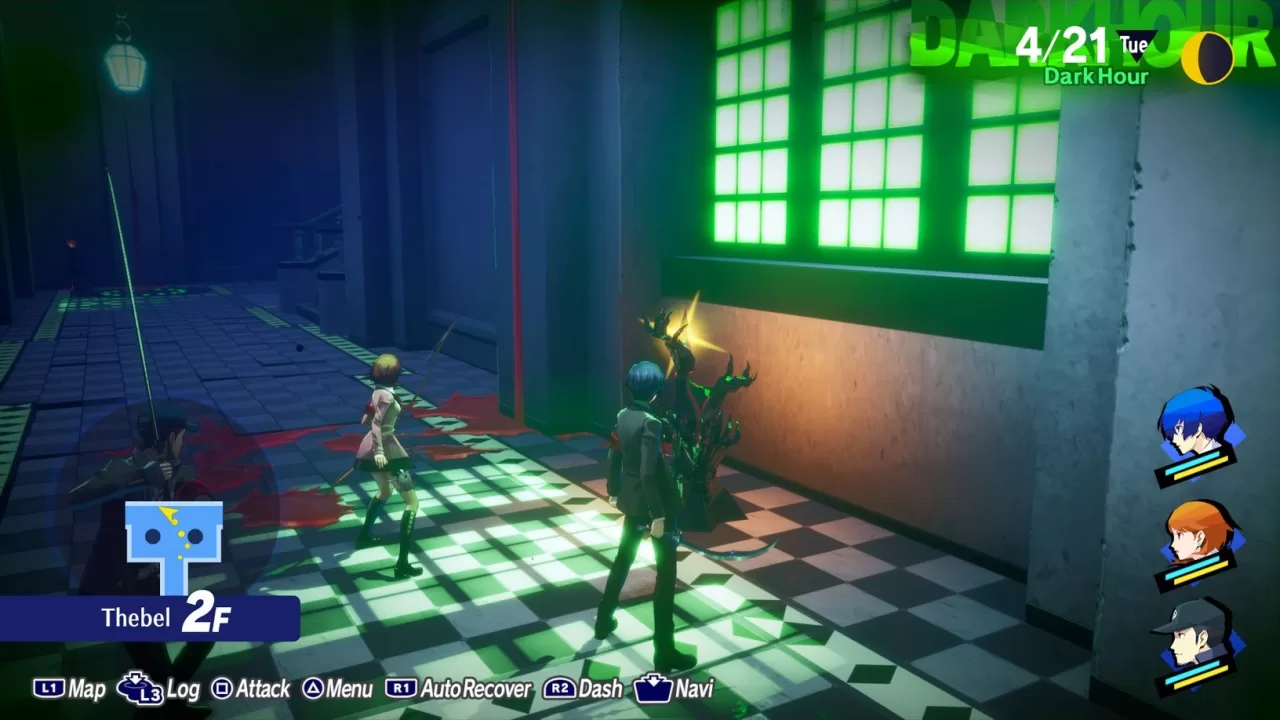
As Persona 3 Reload keeps most of the same core systems as the original, the massive Tartarus still takes up a huge chunk of playtime. Even though how Tartarus works remains the same, it has been updated enough to make it feel fun to explore.
This was another concern I had with the game, to be honest. After all, Tartarus is fun, but it can get old at times in the previous versions. Thankfully, the gameplay additions such as the ability to essentially “Baton Pass” to a teammate as a follow-up make for more reliable All Out Attacks, making many combat encounters feel faster and more fun because of it.
Tartarus itself has also gotten a massive upgrade. Sure, it’s still a procedurally generated dungeon, but it looks much better now, with the different layers having more distinct styles. For comparison, the original game feels like Tartarus was just recolored between different layers. This enhancement may not seem like much, but it adds a lot to making dungeon exploration feel more exciting.

It also helps that there are (if I’m not mistaken) more lines here between characters that are reminiscent of the party discussions in Persona 5’s Mementos. These are also welcome additions as they help break up the monotony of Tartarus exploration, especially if you’re a player who wants to progress as much as possible in one night.
The procedurally generated Tartarus may seem a bit dated at this point, but in my playthrough, I had a lot of fun with it. This is thanks to the turn-based combat with a focus on elemental weaknesses being as engaging as ever, coupled with the enhanced look of Tartarus adding a lot to the experience.
While Tartarus still holds up today in Reload’s take on it, what has aged the best is the game’s story which still lands just as strongly, if not even more than it did nearly two decades ago.
The Definitive Persona Story
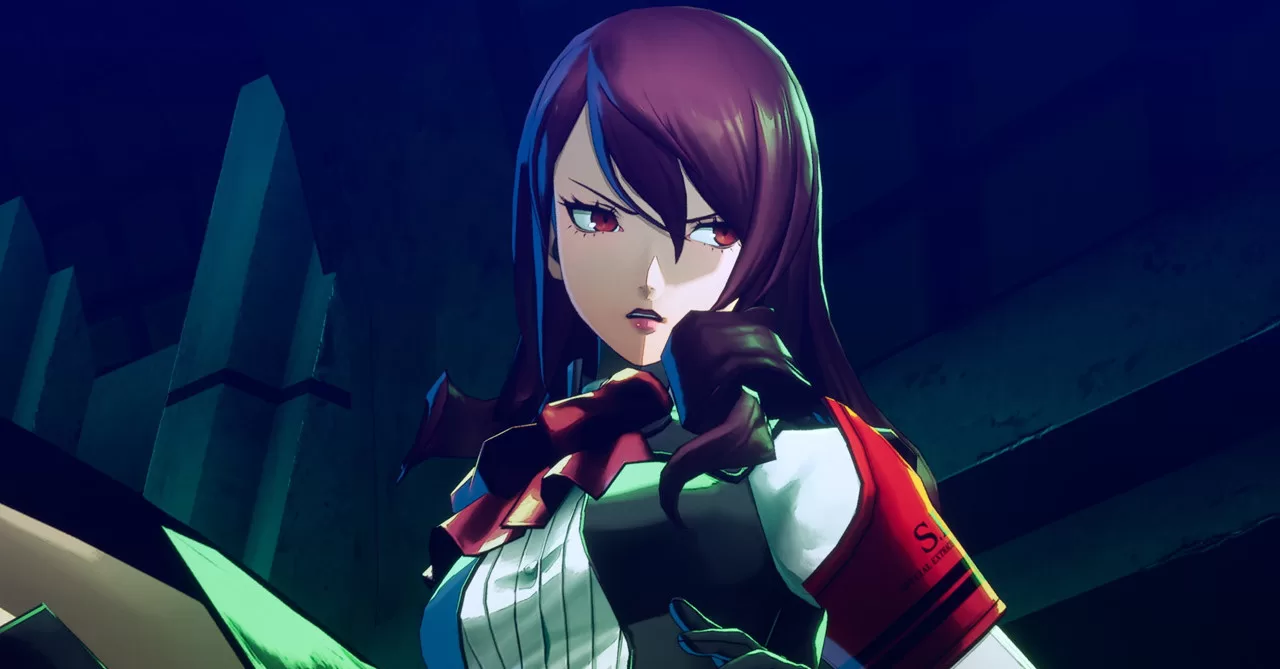
Persona 3 to 5 all have great stories, but I just have a soft spot for 3s story. Soft spot may not be the right term though as this game is the darkest of the trio as it explores themes about apathy and nihilism. Given the state of the world right now, the story’s themes are as resonant as ever, though it still has an uplifting message that makes it quite a cathartic experience.
It also helps that the presentation, coupled with the additional scenarios helps enhance the story even more. These changes may be small, but they do add up to make Persona 3’s story even better than before.
Along with the story, Persona 3 Reload also shines when it comes to the characters. The re-recorded voice lines, coupled with the game’s enhanced look help so much in bringing these characters to life in an even better way than the previous Persona 3 releases have. Plus, the boys finally have Social Links which were previously only available in P3P’s Female Protagonist playthrough.
Final Verdict – 9/10
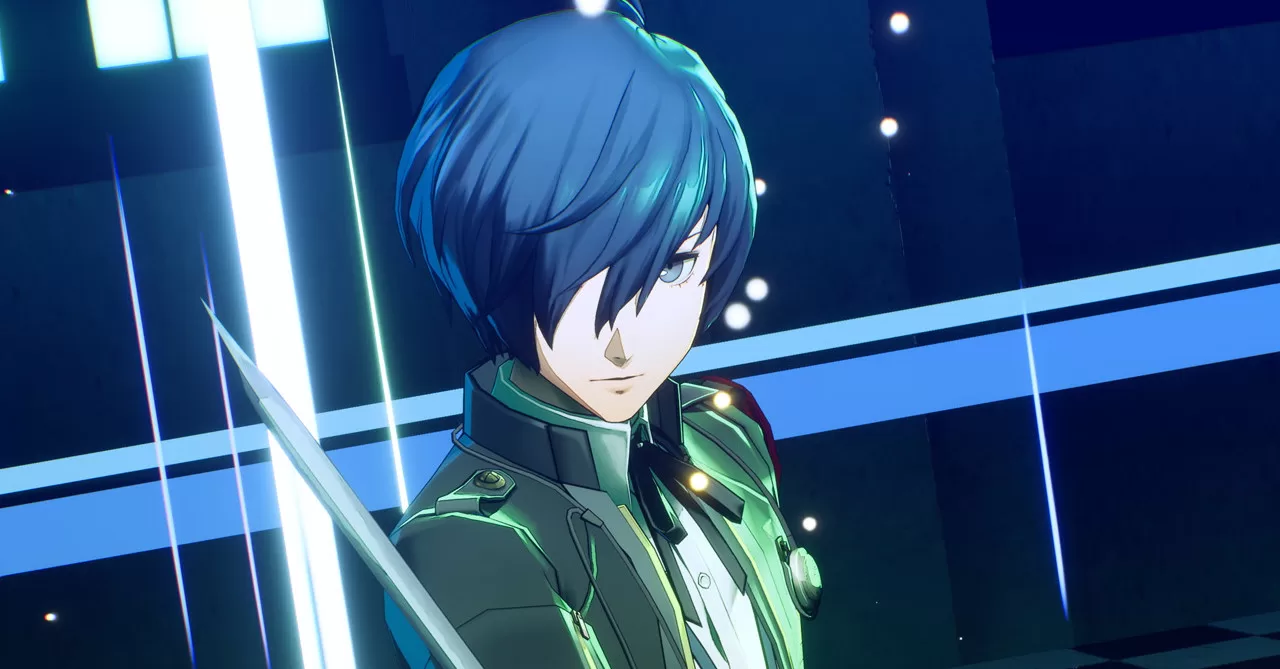
There are many ways to make a great remake, but Persona 3 Reload is probably one of the best examples of a faithful remake done right. Even though this game doesn’t reinvent the wheel when it comes to its core gameplay mechanics and systems, it adds small changes and enhancements that add up to make the experience feel fresh and engaging.
Thanks to its great visuals, various quality-of-life changes, and updates to Social Links and other scenarios, Persona 3 Reload is now the definitive way to experience what is perhaps the best entry in the Persona series.
This review was made via a game code for PC provided by the publisher.


